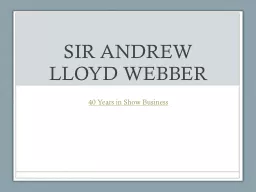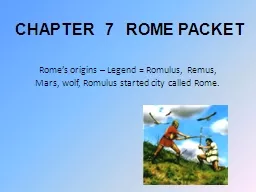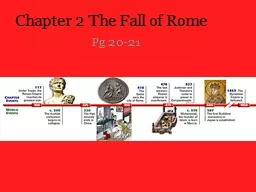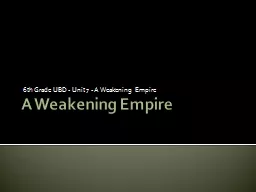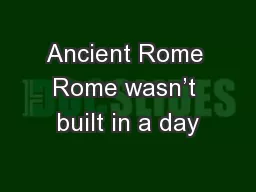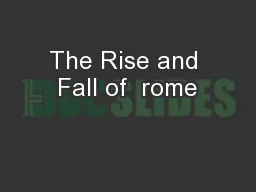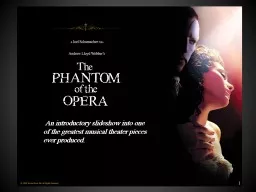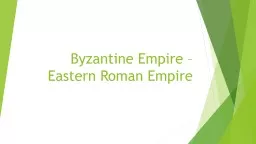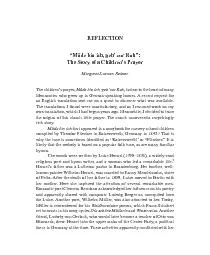PPT-Rome: A Fallen Empire Presentation by: Ellenor Vancleve, Adam El-ALi, Shannon Webber-Adams,
Author : clustik | Published Date : 2020-08-26
Roman Culture Food Ate fruits and vegetables they grew Ate bread made from cereals they grew Ate meat from animals and birds Typically ate 3 meals a day Rich romans
Presentation Embed Code
Download Presentation
Download Presentation The PPT/PDF document "Rome: A Fallen Empire Presentation by: E..." is the property of its rightful owner. Permission is granted to download and print the materials on this website for personal, non-commercial use only, and to display it on your personal computer provided you do not modify the materials and that you retain all copyright notices contained in the materials. By downloading content from our website, you accept the terms of this agreement.
Rome: A Fallen Empire Presentation by: Ellenor Vancleve, Adam El-ALi, Shannon Webber-Adams,: Transcript
Download Rules Of Document
"Rome: A Fallen Empire Presentation by: Ellenor Vancleve, Adam El-ALi, Shannon Webber-Adams,"The content belongs to its owner. You may download and print it for personal use, without modification, and keep all copyright notices. By downloading, you agree to these terms.
Related Documents



